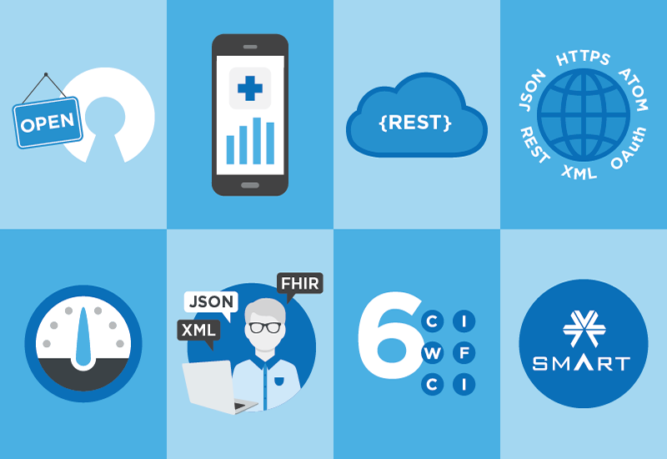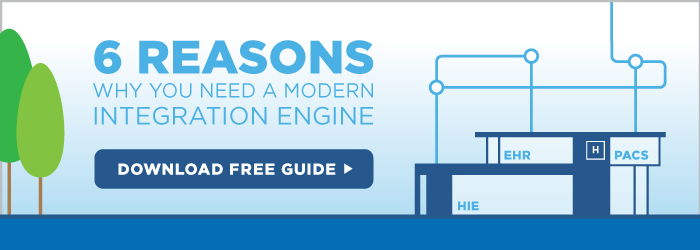
FHIR stands for Fast Healthcare Interoperability Resources. It is a standard for exchanging healthcare information electronically and combines the best features from HL7 v2, HL7 v3, and CDA, while also adding several significant improvements over previous standards. There has been a lot of hype about FHIR, and most of it is warranted. In this blog post, we’ll take a look at 8 reasons why you should implement FHIR.
Developer Friendly
FHIR employs many popular, modern web technologies that developers are already familiar with such as HTTPS, REST, XML, JSON, ATOM, and OAuth.
Specification is Free for Use
Unlike HL7 standards, which were not freely available until 2013, the specifications for FHIR are 100% available without a login or any restrictions.
Supports RESTful Architecture
The REST API model is the shiny new toy that FHIR brings to the table. REST APIs make sharing easier, which results in less time to onboard a partner in data exchange. REST APIs also provide tools to interact with the data source in many ways; GET, POST, PUT, and DELETE are all potential actions that can be taken on resources.
Fast and Easy to Implement
HL7 claims that developers can have a simple interface up and running in just a single day. With the right integration engine, this can be even faster.
Cost Savings for Healthcare IT Teams
Since HL7 FHIR makes use of several well-known web technologies, the skills required to develop applications with FHIR are directly transferable from anyone working in website or web app development. This means that your pool of candidates is much larger and thus it is easier and less expensive to build out your team.
The Introduction of FHIR Resources
Resources are the basis for FHIR messages and can be sent independently of each other. What are the FHIR resources? Here is a list of the 6 FHIR resources: Clinical, Workflow, Conformance, Identification, Financial, and Infrastructure.
FHIR is Vendor-Neutral
In an effort to make data sharing easier and improve the level of interoperability in healthcare, several of the biggest electronic health record vendors have agreed to participate in an initiative called the Argonaut project. As a result, there have been a number of innovate apps built with SMART on FHIR, all of which are vendor-neutral and can be plugged-in to EHRs.
Well Suited for Mobile
FHIR utilizes many technologies that mobile devices readily support such as HTTP REST and JSON. This should lead to a huge increase in the number of mobile health apps and devices being developed.
How do I Get Started and Implement FHIR?
At iNTERFACEWARE, we are very excited about what the FHIR standard brings to the table. It’s the reason why our CEO, Eliot Muir, threw his weight behind it over 3 years ago with his blog post, “what is FHIR and why should you care?”. It’s why our Iguana Integration Engine supports FHIR and web services right out of the box – no add-ons necessary. And it’s why we provide all of the tools and code necessary to help you implement FHIR projects as quickly as possible.
Additionally, we have a step-by-step tutorial in our knowledge base to learn how to implement a FHIR server and client. If you’re looking for extra help managing your integration, our professional services team is readily available to assist you during every stage of building your FHIR projects.
If your organization is ready to take advantage of FHIR and APIs to improve workflows, create better patient outcomes, and deliver higher quality of care then contact iNTERFACEWARE today.

